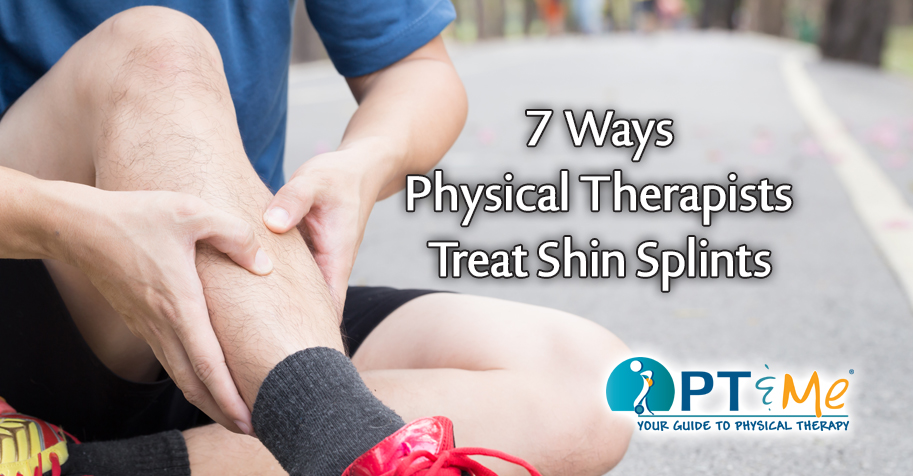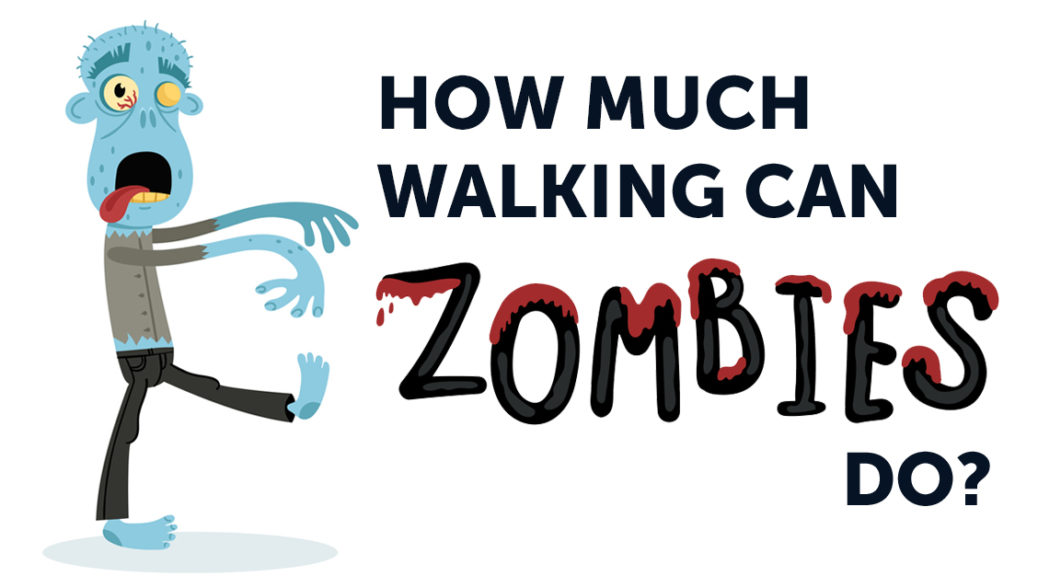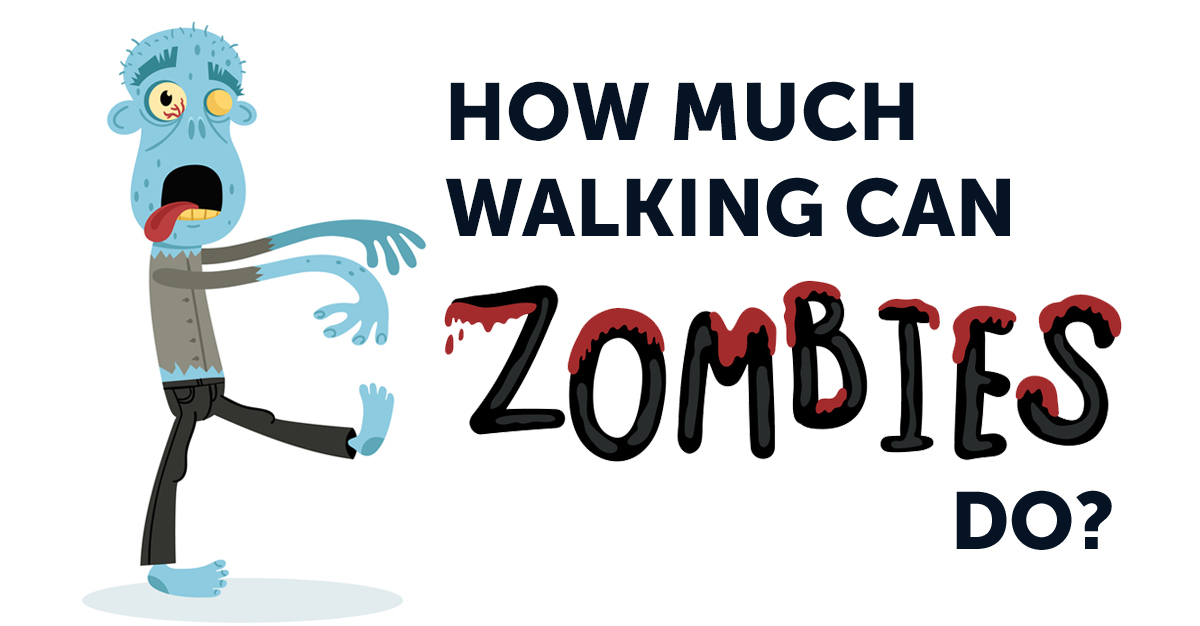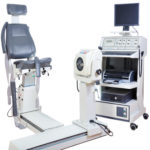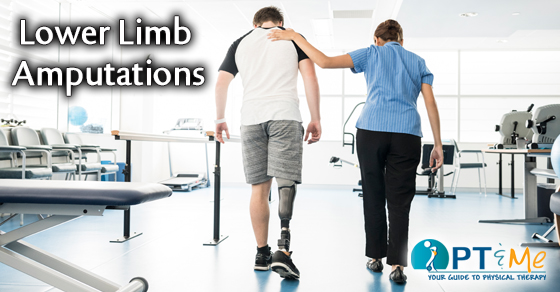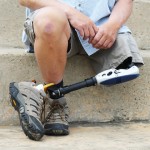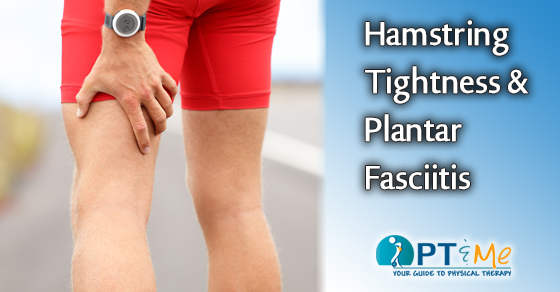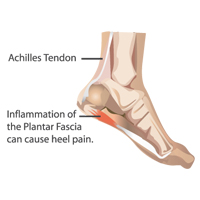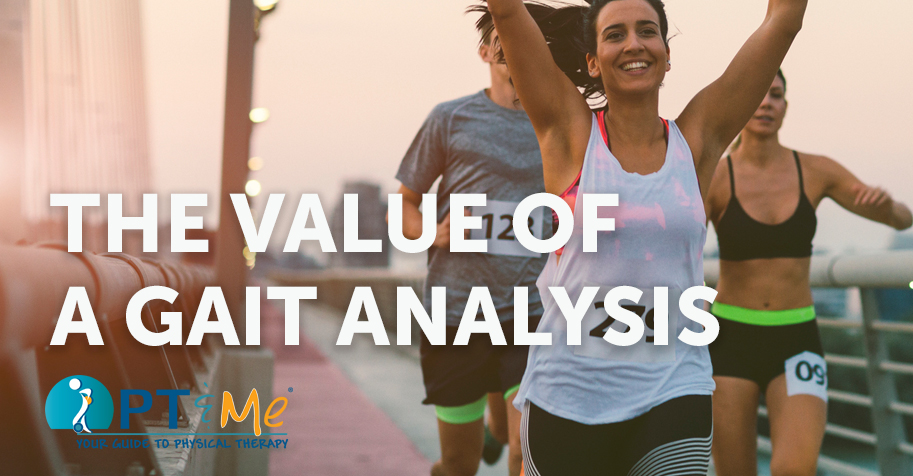What is the sciatic nerve, and where is it?
Your sciatic nerve is the longest and largest nerve in your body. It is up to 2 centimeters wide, about the same width as a penny. There are two sciatic nerves in your body. One on each side of your body, the left and the right side. Each sciatic nerve is actually a bundle of five nerves that stem from the lower part of the spine, between five different parts of the vertebral column. They then come together to form a cord of nerves that runs through the opening of the pelvis, all the way down to the bottom of the leg.
Symptoms of Pain from Sciatica
Sciatica occurs when there is pressure, trauma, decreased mobility, or inflammation of the nerve bundle, causing mild to severe pain in any area where the sciatic nerve runs.
Any of the following Sciatica symptoms can occur at any point from the lower back down to the feet.
- Lower back pain
- Burning or an electric shock-like pain
- Tingling or “pins and needles” Numbness
- Muscle weakness
- Bladder/bowel Incontinence
Possible causes of Sciatic Pain Include:
- Prolonged sitting
- Poor posture
- Contact injuries (including sports injuries)
- Slip or fall accidents
- Excessive bodyweight
- Changes in the body from pregnancy
- Nerve damage resulting from diabetes
- Excessive heavy lifting, pelvic fractures
- Bulging or herniated spinal disc(s)
- Other spinal-related conditions.
Stretches that can Help Prevent and Alleviate Sciatica Pain from Flare-Ups
You can do these exercises at home, but it’s best to check with your doctor or a physical therapist before you try them. Try to do these moves at least twice a week, but you can do them more often if you feel relief. Do not do any exercise that makes your pain worse. You can also try these Ice/Heat Remedies to alleviate the pain immediately.
1. Seated Glute Stretch (Piriformis Stretch) – Stretched the glutes and lower back
Sit on a chair, with your legs on the floor. Bend the right leg, putting your ankle on top of the left knee. Lean forward and allow your upper body to reach toward your thigh. Repeat with the left leg on top of your right knee.
2. Knee to the opposite shoulder – loosens gluteal and piriformis muscles surrounding sciatic nerve
Lie on your back and bend your right leg towards your chest. Gently pull your right leg across your body toward your left shoulder. Hold this position for 30 seconds. Repeat with the opposite leg.
3. Standing hamstring stretch – eases pain and tightness in the hamstrings caused by sciatica
Begin by standing, and place your right foot on a higher surface, like a chair, an ottoman, or a step on a staircase. Flex your right foot, keeping your leg straight. A slight bend in the knee is OK. Bend your body forward slightly toward your foot. Make sure you bend enough to feel relief, not pain! Hold for 30 seconds and repeat with the opposite leg.
The Best Way to Treat Sciatica
Alleviating pressure on the sciatic nerve is the best way to treat sciatica. Although certain cases of sciatica can only be cured permanently through surgery, most can be managed with non-surgical treatments such as physical therapy. About 3 out of 4 people with sciatica usually improve and get fast sciatica relief in a few weeks. However, this is often easier said than done, especially if you’re unsure where the nerve compression has occurred and which exercises are likely to release this pressure. We know how much of a challenge sciatica pain can impose on your quality of life, and we are ready to help you start your journey toward relief and be by your side every step of the way.




